
Quality management
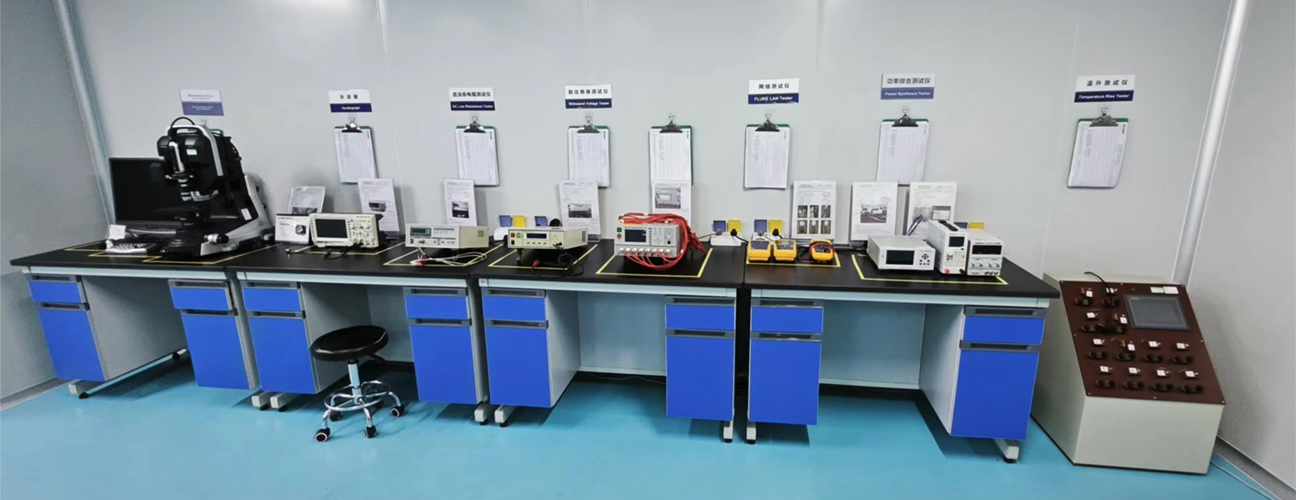
ISO 9001 Certification: Comprehensively implement the ISO 9001 quality management system to ensure the standardization of organizational structure, business processes and resource management, and improve product quality and customer satisfaction.
Comprehensive quality guidelines: clear quality guidelines and quantitative quality goals, ensure that all employees understand and participate in quality management, and promote continuous improvement.
Supplier evaluation and selection:
Strict review process: strict review of potential suppliers, including quality management systems, production capacity and historical performance evaluation.
Long -term partnership: Establish long -term partnership with high -quality suppliers to ensure the stability and consistency of raw materials.
Purchase inspection and traceability:
Multi -dimensional inspection: The inspection of a number of indicators such as size, chemical composition, and physical performance of all raw materials to ensure that it meets technical specifications.
Tracing management: Establish a material traceability system to ensure that each batch of materials can trace the source and improve the transparency of quality control.
Process monitoring and data analysis:
SPC (Statistics of Process Control): Use the SPC method to monitor the key links of production to ensure the stability of the production process and the consistency of the product.
Data -driven decision: Use data analysis tools to analyze production data in real time, quickly identify abnormalities and take corrective measures.
Standard Operation Program (SOP)
Detailed files: The standard operation procedures (SOP) of all production processes are prepared to ensure that each employee follows the same process and reduce changes when performing tasks.
Regular review and update: Standard operation procedures regularly review and update to adapt to new technologies and best practices to ensure operating effectiveness.
Multi -layered quality testing:
Raw material inspection: All raw materials have been thoroughly tested before production to ensure that they meet the pre -set standards.
Online monitoring: Set online detection points in key processes, monitor the quality of the product in real time, find problems, and adjust it in time.
Finished product inspection: The comprehensive electrical performance, mechanical strength and environmental adaptability test for each batch of finished products to ensure that they meet industry standards and customer requirements.
Laboratory test:
Certification Lab: Establish a test laboratory that meets international standards, conduct in -depth analysis and verification of products to ensure the reliability of product performance.
Independent third -party testing: If necessary, entrust independent third -party agencies to detect and verify the products to enhance the objectivity of quality assurance.
System training plan:
Regular training: Systematic quality management training for all employees, including quality awareness, operational skills, and ability to solve problems.
Certification and evaluation: Implement the employee skill certification system to ensure that employees have necessary professional knowledge and operation ability.
Quality and cultural construction:
Incentive mechanism: Establish a quality improvement incentive mechanism, encourage employees to make suggestions for improvement, and participate in quality management.
Customer satisfaction evaluation:
Structural survey: regular customer satisfaction surveys, use quantitative indicators to analyze customer feedback, and provide a basis for improvement of products and services.
Customer complaint handling: Establish a fast response mechanism to deal with customer complaints in a timely manner to ensure that the problem is effectively resolved, and the reason is analyzed.
Continuous improvement process:
Fundamental cause analysis (RCA): Analyze the root cause of the problem, ensure that the problem is completely solved, and prevent similar problems from happening again.
PDCA cycle: PDCA (Plan-DO-Check-Act) loop method is used to continuously optimize the quality management process and product quality.
Regular internal audits:
Audit Plan: Develop an annual internal audit plan to regularly review the effectiveness and compliance of the quality management system, identify potential risks and opportunities for improvement.
Audit reports: Prepare detailed audit reports to support management decisions and ensure the continued adaptability of the quality management system.
Management Review:
High-level participation: Regularly hold management review meetings, analyze the status quo of quality management, propose improvement suggestions, and ensure that resource allocation is consistent with company strategy.
Objective assessment: evaluate the realization of quality objectives, formulate the next step of quality improvement plan, and promote the sustainable development of the enterprise.
Quality management is a systematic and comprehensive process, covering all aspects of the procurement of raw materials to after -sales service. Through strict quality control and continuous improvement mechanisms, each product meets international high standards, enhances customer satisfaction, promotes enterprises to be available for enterprises. Continuous development.
Test equipment
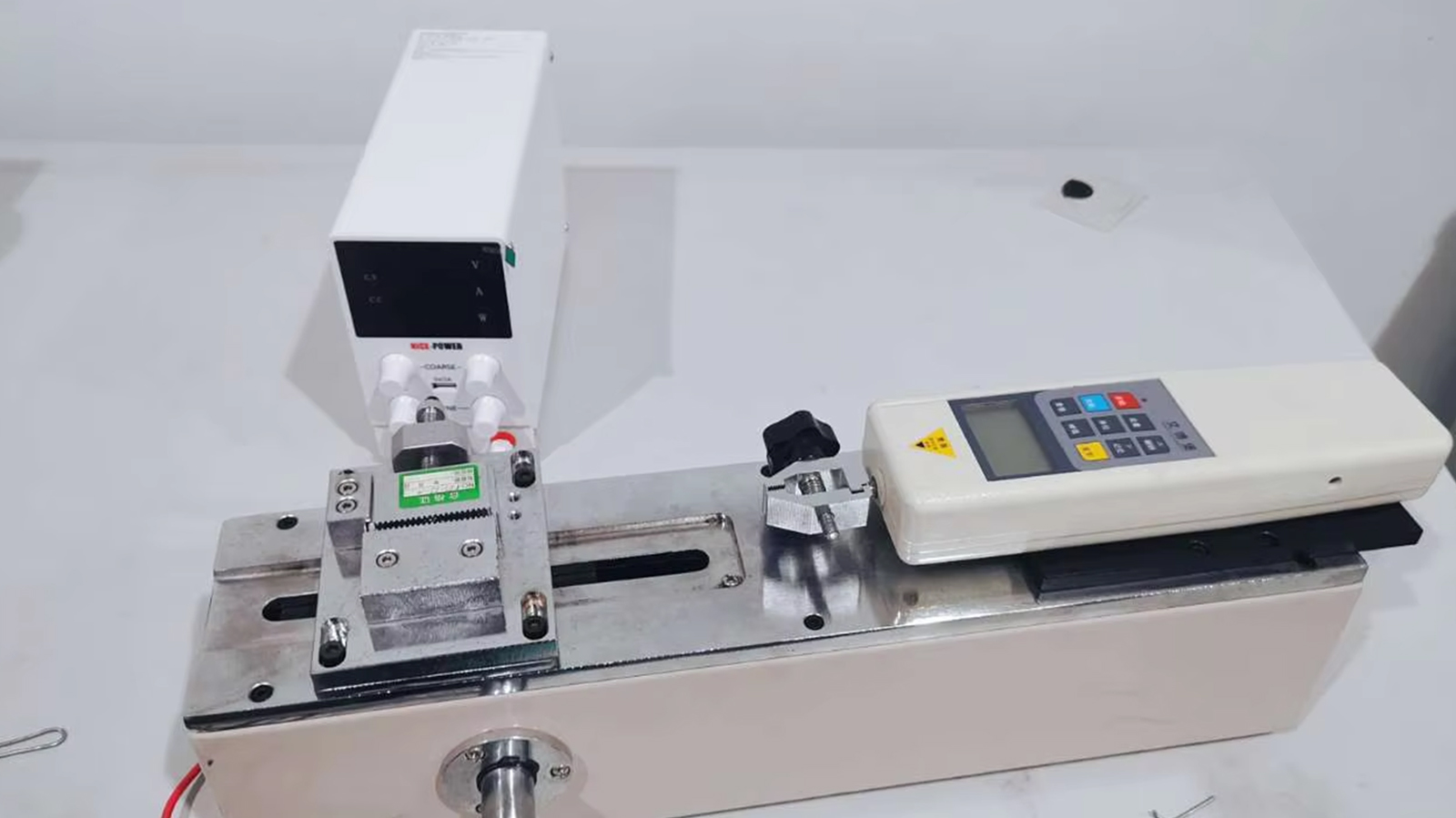
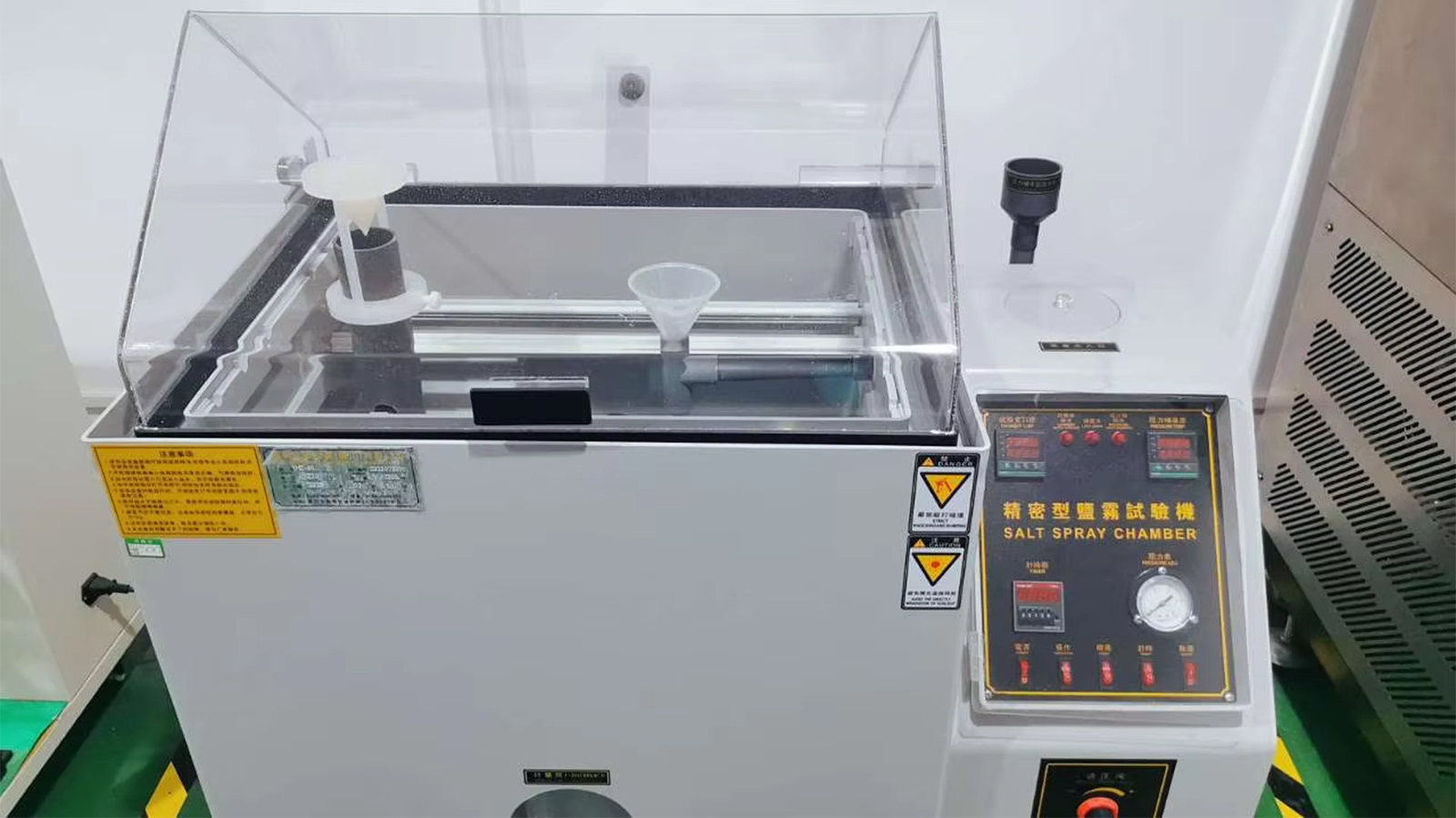
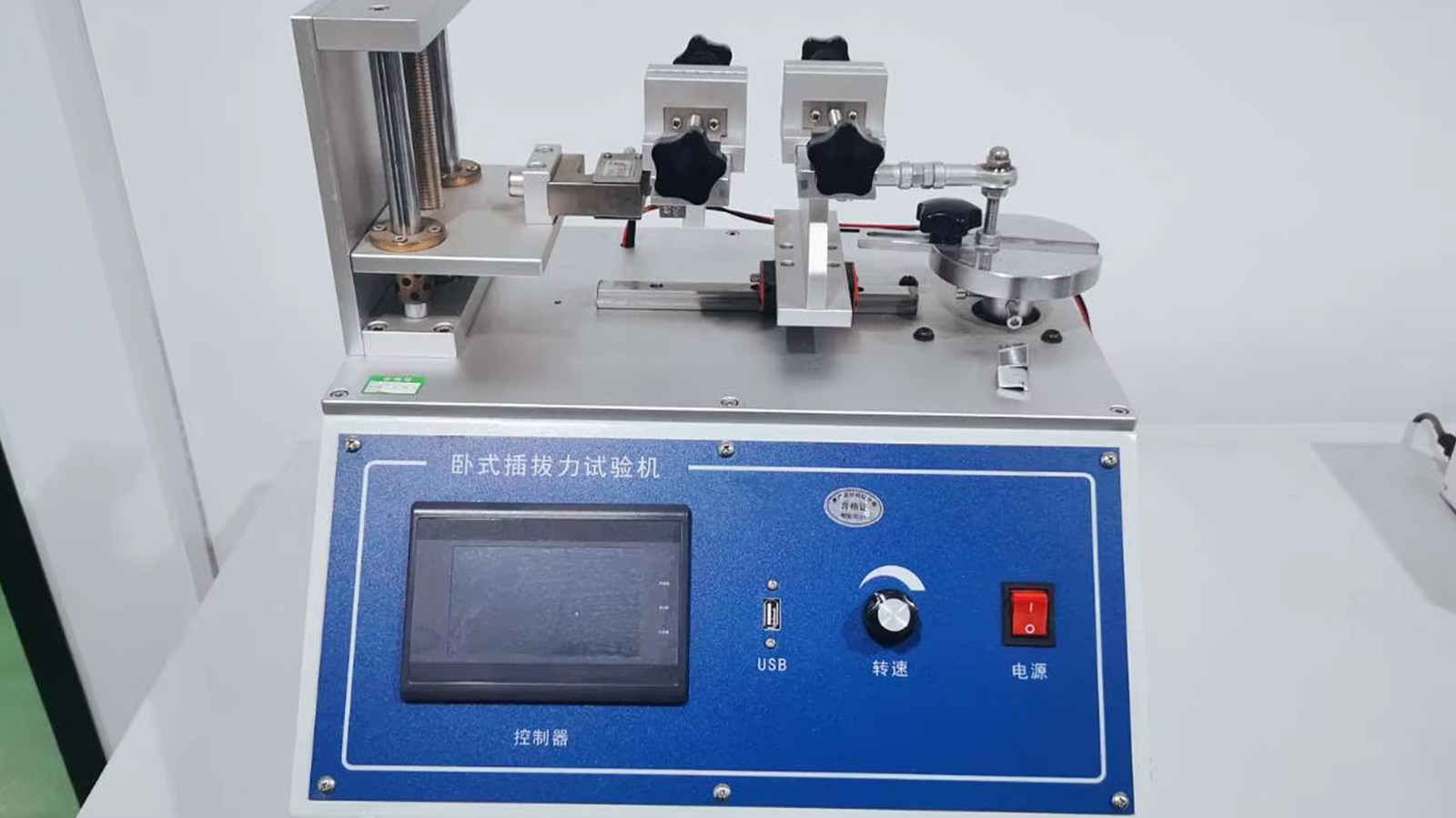
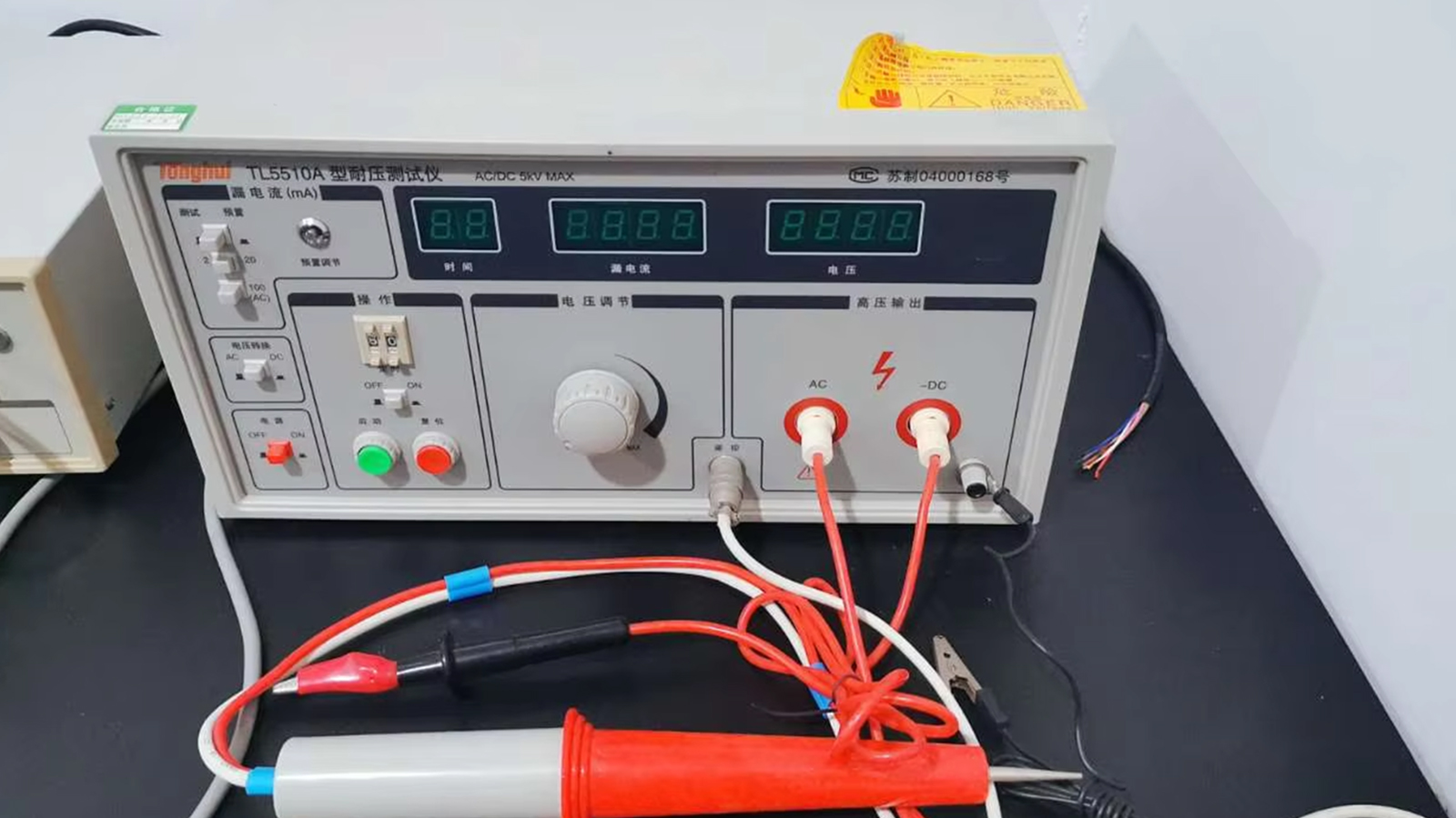
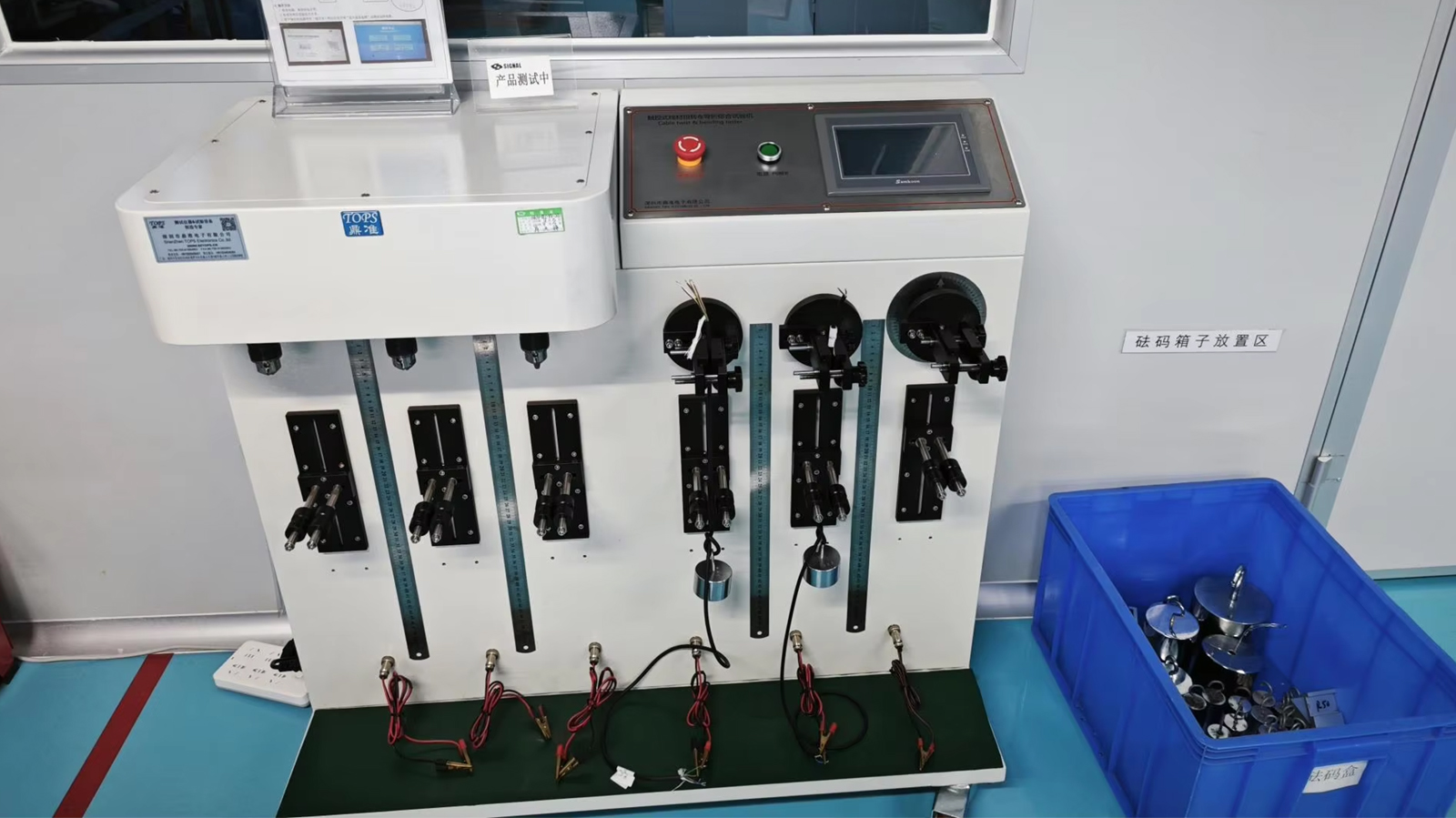
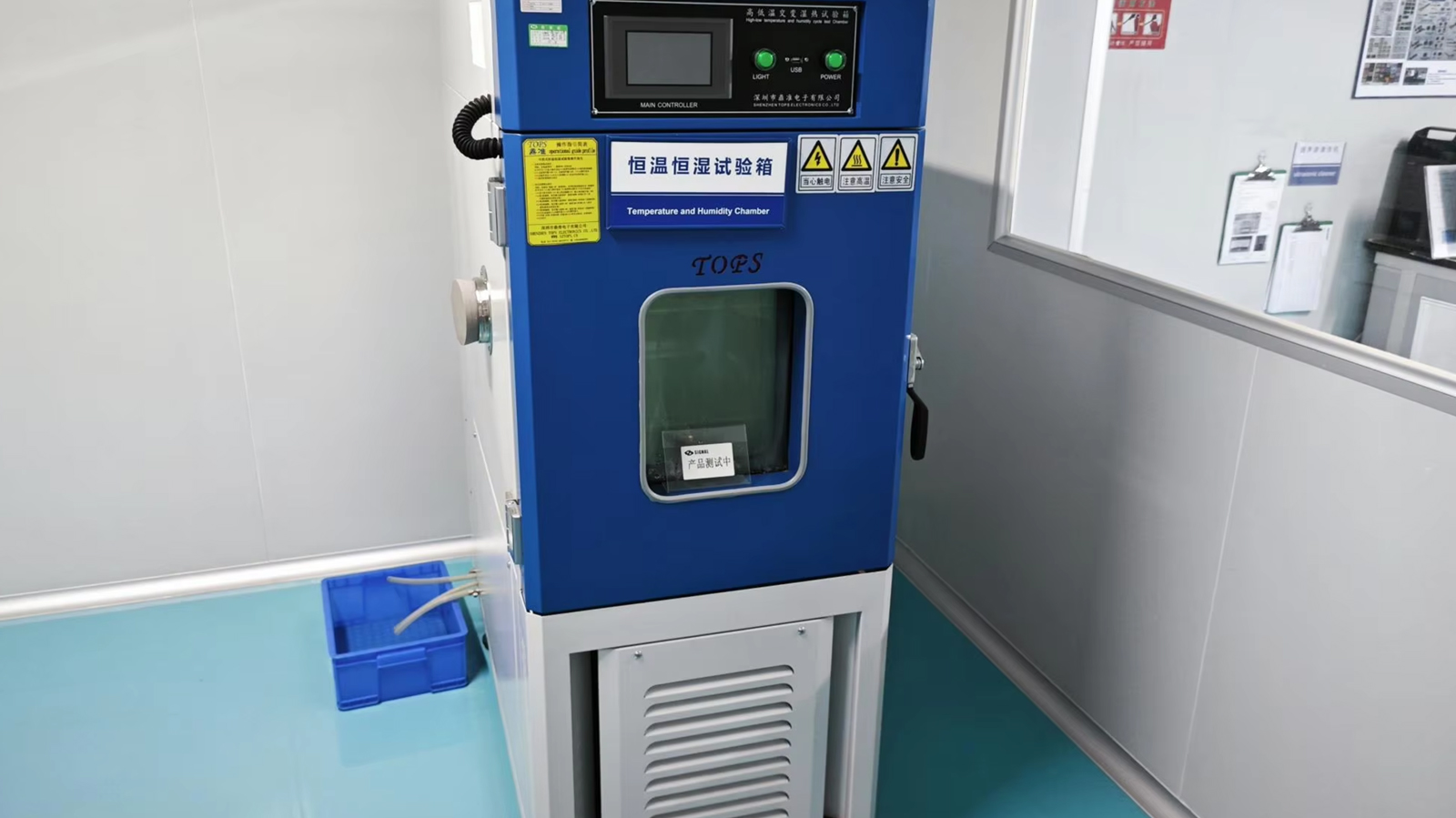
You can also contact us directly in the following ways: visit, telephone, email